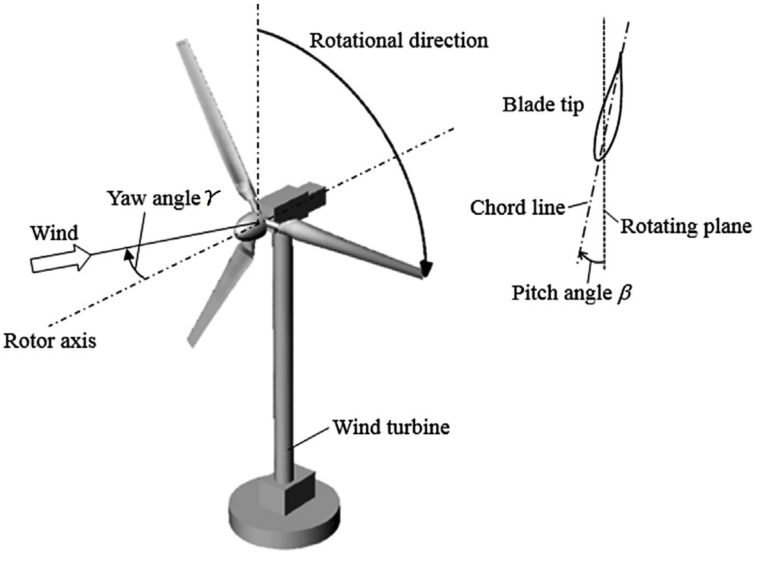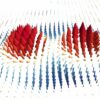As wind passes through a turbine, it creates a wake that decreases the downstream average wind velocity. The faster the spin of the turbine blades relative to the wind speed, the greater the impact on the downstream wake profile.
For wind farms, it is important to control upstream turbines in an efficient manner so downstream turbines are not adversely affected by upstream wake effects. In the Journal of Renewable and Sustainable Energy, researchers from the University of Illinois at Urbana-Champaign show by designing controllers based on viewing the wind farm system as a coupled network, it is possible to extract power more efficiently.
“If you think of a wind farm as a group of turbines each vying for the incoming wind, if every turbine is greedy and tries to maximize its own power, the system as a whole is suboptimal,” said author Lucas Buccafusca. “Our work seeks to design controls for turbines to work collectively, thereby improving performance.”
The researchers apply a model predictive control (MPC) framework for varying wind velocities and incorporate wake steering techniques to demonstrate there can be a potential benefit to incorporating these methods into future wind turbine control algorithms. The researchers aim to mitigate the effects of turbulence and power spikes caused by wind passing through upstream turbines.
“When observing the power extractions, it is surprising just how much the gains can be for even small wind turbine arrays simply by implementing wake steering techniques,” said Buccafusca.
The researchers found having control algorithms that consider downstream effects results in a noticeable increase in performance. The method for assigning turbine controls used axial induction factors and yaw misalignment controls that were shown via wake steering simulations to validate the results.
The researchers plan to explore applying similar methods to a distributed wind turbine energy problem, where each turbine has a local battery based on excess energy provided. The battery can return that energy when supply is low, such as when the wind velocity is too low to meet the grid operator’s demand.
While the researchers focused primarily on the wind turbine power tracing problem, the same multiobjective MPC framework can be used in a variety of distributed optimization or consensus problems.
Wake steering potentially boosts energy production at US wind plants
More information:
“Multiobjective model predictive control design for wind turbines and farms” Journal of Renewable and Sustainable Energy (2021). DOI: 10.1063/5.0039707
Provided by
American Institute of Physics
Citation:
Steering wind turbines creates greater energy potential (2021, June 29)
retrieved 30 June 2021
from https://techxplore.com/news/2021-06-turbines-greater-energy-potential.html
This document is subject to copyright. Apart from any fair dealing for the purpose of private study or research, no
part may be reproduced without the written permission. The content is provided for information purposes only.



